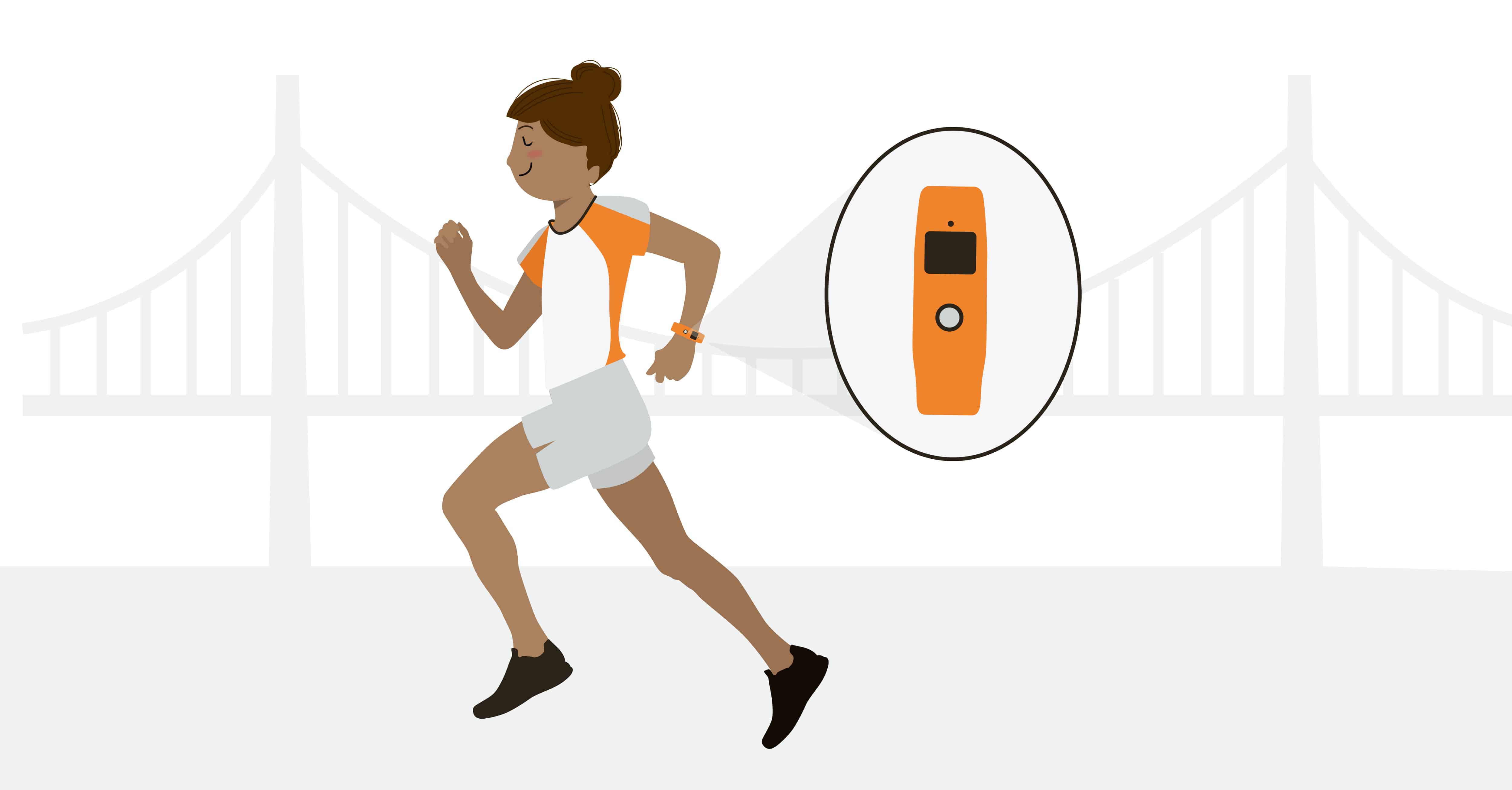A fitness tracker is a great motivational tool to help reach your health goals. But like any other fitness purchase, the newness can easily wear off if you don’t take full advantage of all its benefits. Before you consider tucking this accessory in a drawer because you don’t understand what it does, check out these tips to get the most from your wearable fitness accessory.
Track for Success, But Don’t Obsess
Counting steps and calories can spark a fire under your feet that moves and grooves you toward your health and fitness goals. However, monitoring too closely can lead to a dangerous path of fitness obsession.
Take caution if you begin to feel stress or anxiety over the data displayed on your device or accompanying app. With a constant stream of information at your fingertips, you may focus on how far you have to go or how much you have to lose rather than cheering on daily accomplishments.
If these thoughts rear their ugly head, take a step back and focus on the more important aspects of your health journey. Eating well and exercising improve heart health, overall quality of life, sleep patterns, mood, energy, and so much more. It may also help to set short-term, more attainable goals along the way. When you only focus on the big picture, your small accomplishments get lost in the details.
Take Advantage of the Data
Most standard fitness and nutrition recommendations are arbitrary at best. Not everyone should eat 2,000 calories a day, nor should they set a 10,000 step daily goal. Take a look at your current lifestyle and find a way to use your tracking data to help set personalized goals. When you first strap on your wearable device, proceed with no goals in mind. Pay attention to what the data shows you over the course of a week, and set your goals based on that information.
If you live a sedentary lifestyle, you may only take 3,000 to 5,000 steps per day or you may consume more calories than you burn. Make your first goal a step up from your starting point—for instance, shoot for an extra 500 steps or reduce your energy intake by 100 to 200 calories each day.
Increase the Tracker’s Accuracy
Tracking success begins by setting up your device properly in the dashboard. Entering metrics such as age, gender, height, and weight can help certain trackers better estimate how many calories you burn. While every tracker has different features, many allow you to further customize tracking by entering things like stride length or wrist used.
Tracker sensitivity plays an important role in the data it collects. Some trackers are set to ignore small movements like a bumpy car ride, while others may misinterpret steps for fidgeting. Other key elements such as monitoring heart rate or sleep patterns are more accurate on some devices than others. As new technology emerges, wearable device algorithms become more complex. Some newer trackers can measure body temperature, altitude, and blood oxygen levels.
Research the device you plan to purchase based on your budget and the information you want to collect. From the very basics of tracking steps to the very complex process of bioimpedance and optical sensors, there is a device for every type of exerciser and budget size.
Sync Up
Your wearable device functions as a main aggregate for all your health and fitness data. Most trackers are capable of syncing with third-party apps such as MyFitnessPal, MapMyRun, and DailyBurn (to name a few). The more you sync up, the more data your device can collect and store, which also reduces the amount of information you have to provide in order to accurately measure your progress.
Get Social
Fitness trackers offer social features that allow you to find old friends and meet new ones, as well as set up a little friendly competition. Tapping into the social side of fitness apps boosts motivation because other people can share and relate to your experience. Apps can share milestones to your Twitter or Facebook feed or notify followers and friends when you finish a workout. Devices like FitBit allow you to find friends in your online social circles so you can track and motivate each other right in the dashboard.
Stay Motivated
Fitness trackers benefit your health endeavors when you use them to your advantage. Set yourself up for success from the start by finding the right fitness-tracking device to suit your goals and fitness level. Sync with third-party apps so your tracker can gather as much information as possible and get social to stay motivated.
